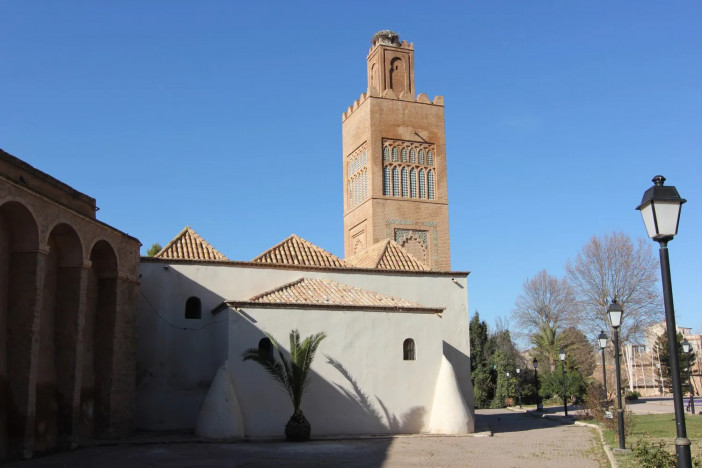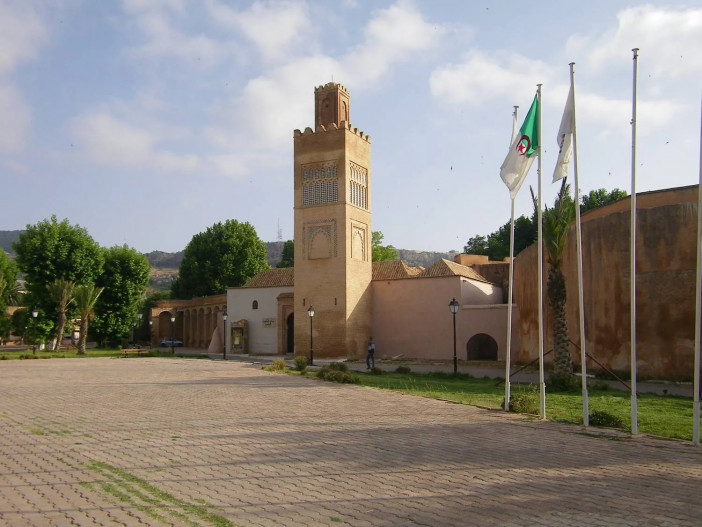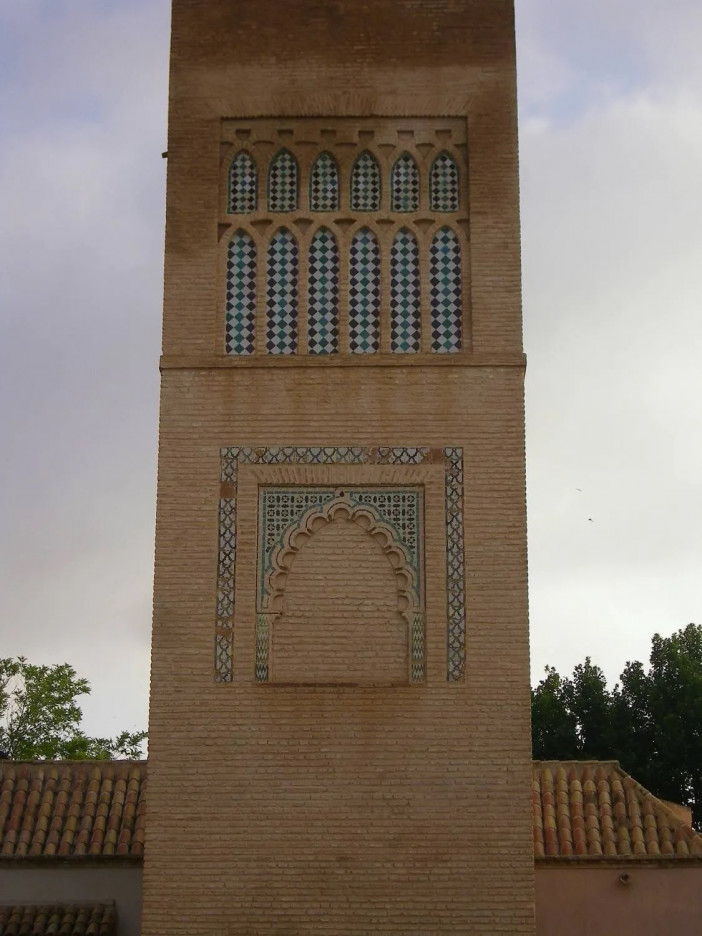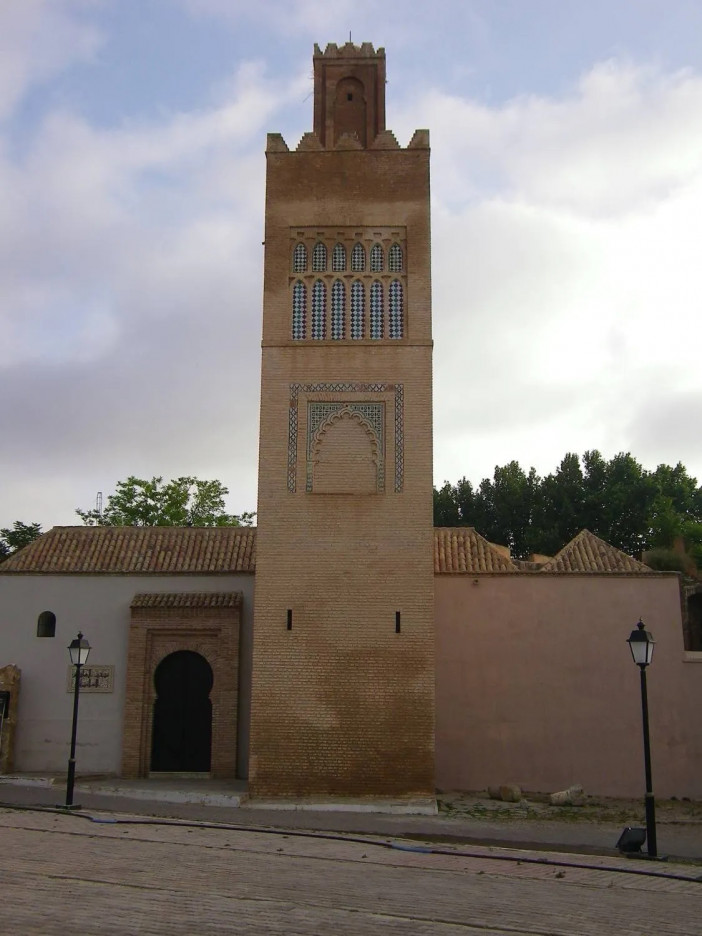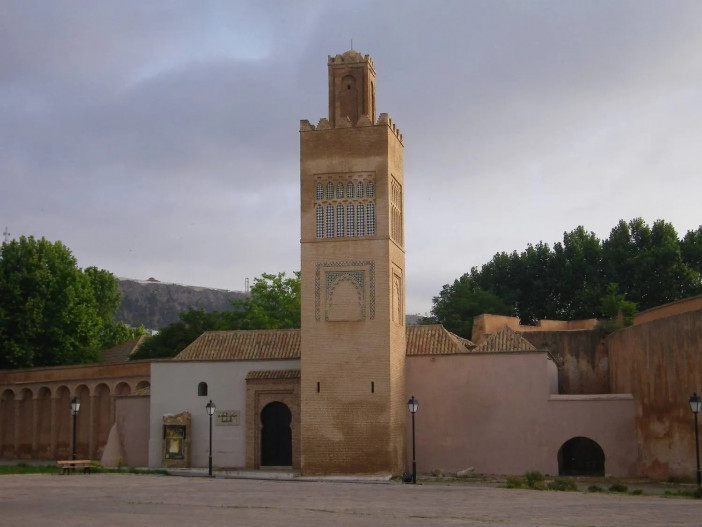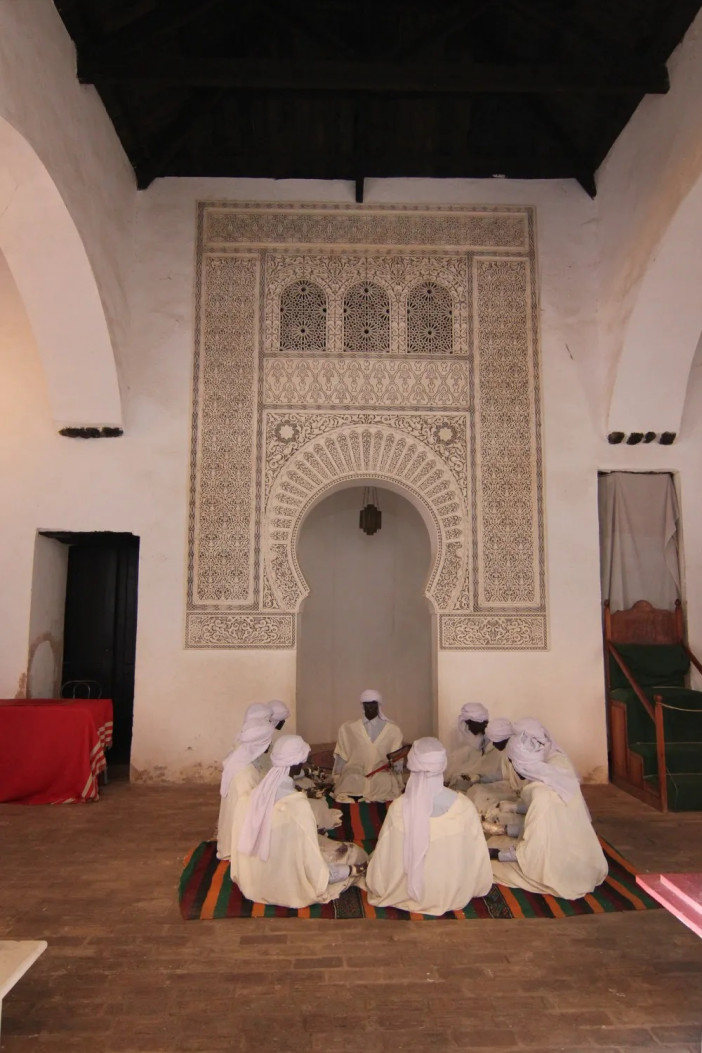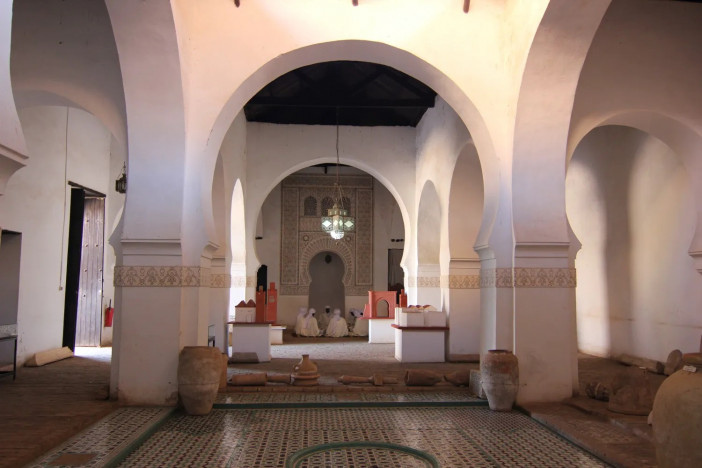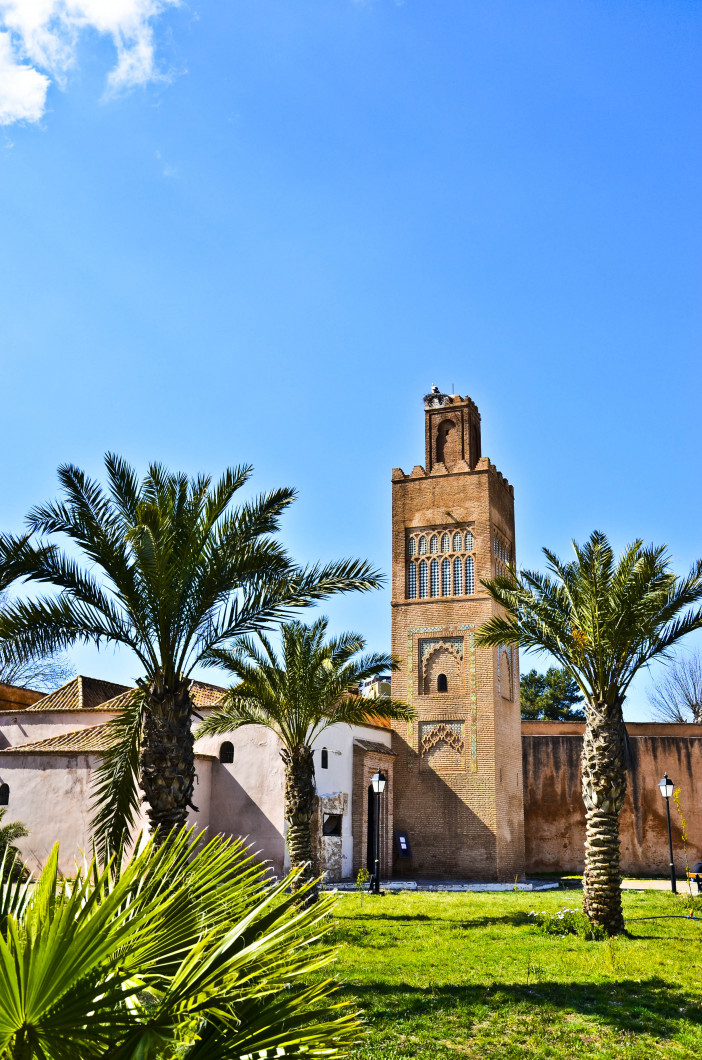El Mechouar Palace Mosque
History
Mechouar Palace, also known as the Zianide Royal Palace, was the Zayyanid dynasty's former official palace in the Algerian city of Tlemcen. The palace is located in the center of the city and was formerly a component of the larger Mechouar Citadel, the only significant portion of which now exists. The palace at that time was made up of a number of structures and courtyard homes. One of these courtyard buildings was totally rebuilt over its original rubble in 2010–2011 and is still usable today. Except for its minaret, the neighboring Mechouar Mosque no longer exists in its original shape. It was a prominent sight when Tlemcen was chosen as the Capital of Islamic Culture in 2011.
Urban and Architectural
Abou Hammou Moussa I, a Zianid ruler, erected the mosque of El-Mechouar in 1317. During the Ottoman era, it underwent a comprehensive renovation, and then during colonial times, it was converted into a church. Following Independence, the monument is once more used as a mosque.
The plan of the mosque is rectangular with 40x50m. There was a passage connects it with the Palace that was used also to accomodate horses.
Description
From the Zianid period, the mosque retains today only its minaret. The style of this minaret is close to the Hammadid art and the Almohad style. On the minaret, there are two inscriptions.
Details
Location
El Mechouar Palace, Tlemcen, Algeria
Worshippers
190
Owners
Zianid prince Abou Hammou Moussa I
Year of Build
1317, restored 2010
Area
380
Drawings
Map
History
Mechouar Palace, also known as the Zianide Royal Palace, was the Zayyanid dynasty's former official palace in the Algerian city of Tlemcen. The palace is located in the center of the city and was formerly a component of the larger Mechouar Citadel, the only significant portion of which now exists. The palace at that time was made up of a number of structures and courtyard homes. One of these courtyard buildings was totally rebuilt over its original rubble in 2010–2011 and is still usable today. Except for its minaret, the neighboring Mechouar Mosque no longer exists in its original shape. It was a prominent sight when Tlemcen was chosen as the Capital of Islamic Culture in 2011.
Urban and Architectural
Abou Hammou Moussa I, a Zianid ruler, erected the mosque of El-Mechouar in 1317. During the Ottoman era, it underwent a comprehensive renovation, and then during colonial times, it was converted into a church. Following Independence, the monument is once more used as a mosque.
The plan of the mosque is rectangular with 40x50m. There was a passage connects it with the Palace that was used also to accomodate horses.
Description
From the Zianid period, the mosque retains today only its minaret. The style of this minaret is close to the Hammadid art and the Almohad style. On the minaret, there are two inscriptions.


